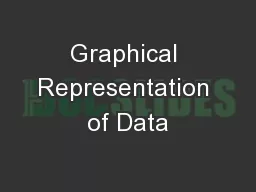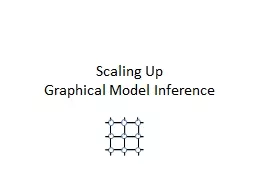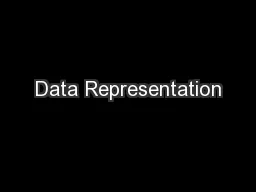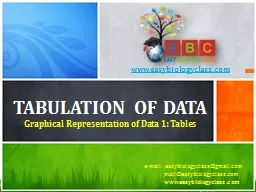PPT-Graphical Representation of Data
Author : phoebe-click | Published Date : 2017-08-24
Continued There are four basic forms of graph The statistical line graph The bar graph The pie graph Introduction When verbal spoken problems involving a certain
Presentation Embed Code
Download Presentation
Download Presentation The PPT/PDF document "Graphical Representation of Data" is the property of its rightful owner. Permission is granted to download and print the materials on this website for personal, non-commercial use only, and to display it on your personal computer provided you do not modify the materials and that you retain all copyright notices contained in the materials. By downloading content from our website, you accept the terms of this agreement.
Graphical Representation of Data: Transcript
Download Rules Of Document
"Graphical Representation of Data"The content belongs to its owner. You may download and print it for personal use, without modification, and keep all copyright notices. By downloading, you agree to these terms.
Related Documents














